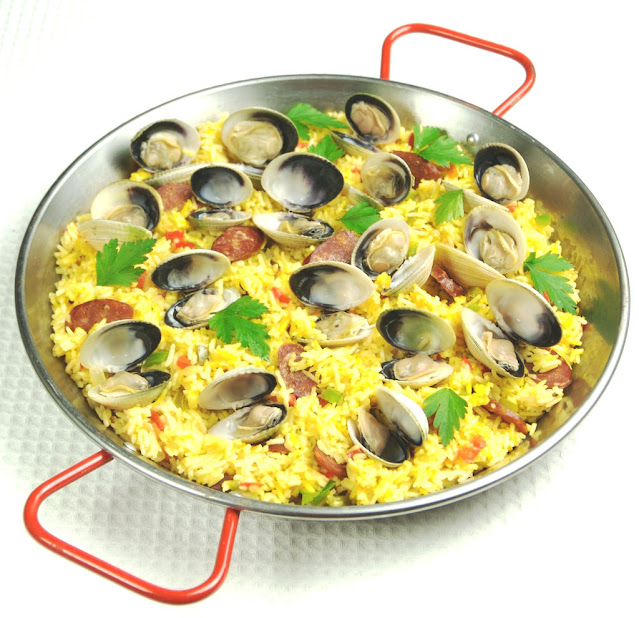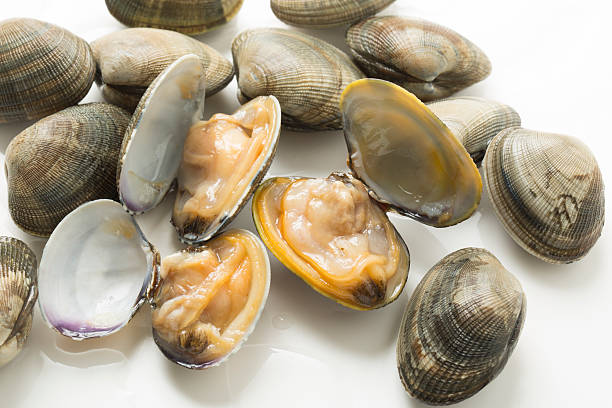The Best Mussels You're Not Eating: Green Mussels
When it comes to New Zealand mussels, green ones are the way to go. These slimy little guys pack a big punch thanks to a whole host of nutrients like vitamin B12, B6, and manganese. And as if that wasn’t reason enough to add them to your diet, they’re also low in calories and rich in protein. So not only will you enjoy the health benefits of eating more of these little guys but you’ll also feel full faster because of their higher satiety rating. But what makes them so green? Well, it’s all about their affinity for algae. Mussels grow on rocks covered in algae which provides them with everything they need to thrive; light, oxygen, and carbon dioxide. Just one common type of algae can provide every single thing these mollusks need! This is why green mussels in New Zealand are so great for the environment—they eat less food than other types of mussels do—and why they taste that much better than other kinds too!
Here are some tips from which you can understand better about green mussels.
What are green mussels?
Green mussels are the type that grows on rocks covered in algae. They’re the only type of mussels that can get all their nutrients from algae. Blue and grey mussels need to eat microscopic algae to get enough nutrients because they don’t have the algae growing on rocks that green mussels have. Blue and grey mussels have a taste that’s more like clams than Greenshell Mussels. The blue and grey mussels are more common, but green ones are the best choice because they’re low in calories and high in nutrients!
Eat more Greenshell mussels
They're low in calories and high in nutrients
Green mussels are low in calories and rich in vitamins B12 and manganese. They’re also friendly ecologically. You can eat more of these little guys and save the planet at the same time!
Taste is better than blue and grey mussels - The taste of green mussels is more like the taste of clams than the taste of blue or grey mussels is. Plus, the green ones are low in calories.
They're a sustainable seafood choice - You can eat more green mussels and save the planet at the same time. A lot of the seafood we eat is caught using harmful ocean practices like trawling, dredging, and bottom-trawling. These practices damage ecosystems and overexploit species like mussels that don’t reproduce quickly enough to keep up with the demand for harvesting.
Benefits of Green Mussels
High in Manganese
Green mussels contain a lot of manganese which helps to strengthen blood pressure and maintain heart health.
High in Vitamin B6
Vitamin B6 helps to support metabolism and reduce inflammation in the body. - High in Vitamin B12 - B12 is responsible for producing energy in the body and maintaining normal mental function.
Friendly to Ecologically Sound
Green mussels are low in calories and high in nutrients. You can eat more of these little guys and save the planet at the same time.
Sustainable Seafood Choice
You can eat more green mussels and save the planet at the same time. A lot of the seafood we eat is caught using harmful ocean practices like trawling, dredging, and bottom-trawling.
These practices damage ecosystems and overexploit species like mussels that don’t reproduce quickly enough to keep up with the demand for harvesting.
How to eat more green mussels
Try them out! The only way to truly know if you like a certain type of seafood is to try it out for yourself. Cooking fresh green mussels is easy and requires no special skills. You can use them in pasta, seafood, risotto, or salads.
Buy in bulk! Buying seafood in bulk is a great way to save money. You can buy 1-lb bags of green mussels for $3-4.
Bake them! You can use green mussels in a variety of recipes from casseroles to soups. One of the best ways to enjoy green mussels is in a casserole.
Eat them raw! You can also eat green mussels raw. They have a milder, less fishy taste than many other types of seafood.
Ways to prepare green mussels
You can use green mussels in a variety of ways. You can steam, boil, or sauté them with other seafood and vegetables. You can add them to pasta, soups, or casseroles. You can use them in paella or chowder. You can use them in salads by mixing them with other vegetables, herbs, and a dressing. - Green mussels are versatile and easy to prepare. They go great with a variety of other seafood and vegetables, and they taste great in casseroles, stews, and paella. - Green mussels are versatile and easy to prepare. They go great with a variety of other seafood, vegetables, and herbs, and they taste great in casseroles, stews, and paella.
Which brand has the best green mussels?
If you’re looking for green mussels, there are a few brands that stand out as the best choice due to their sustainable practices.
Wild Planet: Wild Planet has a range of sustainable seafood products. They only source their seafood from fisheries that have a limited impact on the ocean. - Thierry: Thierry only sources their seafood from fisheries that have a low impact on the ocean and maintain high levels of biodiversity. They also offer an extensive range of sustainable seafood products.
Should you buy frozen or fresh green mussels?
Fresh green mussels are the most sustainable choice. They are harvested during low tide which gives the mussels time to migrate to another area of the ocean before being harvested. Fresh green mussels are the most sustainable choice. They are harvested during low tide which gives the mussels time to migrate to another area of the ocean before being harvested.
Green mussels are low in calories and high in nutrients. They're also sustainable and friendly ecologically. You can eat more of these little guys and save the planet at the same time. These slimy little guys taste great and are low in calories. They may be the best mussels you're not eating!



.jpg)
Comments
Post a Comment